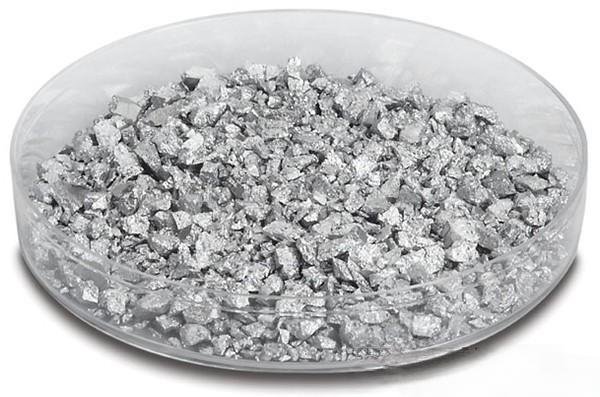Menu
MetalsTek Engineering specializes in producing up to 99.99% purity Rhodium evaporation materials using quality assurance processes to guarantee product reliability. We offer our evaporation materials in powder and granule form, and customized forms are also available upon request.

Material: Rhodium
Purity: Rh 99.95%, 99.99%
Form: Pieces, Granules
Size: 2~6mm, Can be Customized
Rhodium Evaporation Materials are highly specialized products used in physical vapor deposition (PVD), a method employed to produce thin films and coatings of rhodium over various substrates. Rhodium, a rare and precious metal in the platinum group, is esteemed for its exceptional properties, including high reflectivity, excellent corrosion resistance, and significant hardness. These characteristics make rhodium-coated materials highly sought after in numerous industrial, electronic, and decorative applications.
High-purity evaporation materials play a crucial role in deposition processes to ensure high-quality deposited films.
| Material Type | Rhodium | E-Beam | Good |
| Symbol | Rh | Thermal Evaporation Techniques | Boat: W |
| Atomic Weight | 102.9055 | Coil: W | |
| Atomic Number | 45 | Basket: W | |
| Color/Appearance | Silvery White Metallic | Crucible: ThO2, VitC | |
| Thermal Conductivity | 150 W/m.K | E-Beam Crucible Liner Material | FABMATE®, Tungsten |
| Melting Point (°C) | 1,966 | Temp. (°C) for Given Vap. Press. (Torr) | 10-8: 1,277 |
| Coefficient of Thermal Expansion | 8.2 x 10-6/K | 10-6: 1,472 | |
| Theoretical Density (g/cc) | 12.41 | 10-4: 1,707 | |
| Z Ratio | 0.21 | Comments | E-beam gun preferred. |
Evaporating rhodium to form thin films involves heating rhodium evaporation materials until they vaporize. This vapor then condenses on the substrate, forming a thin rhodium coating. The evaporation can be carried out in various environments, including vacuum and controlled atmospheres, depending on the desired properties of the final product.
Rhodium evaporation materials come in several forms, tailored to different evaporation techniques and applications. These include:
Rhodium Evaporation Materials find applications across various sectors, including:
Handling and storage of rhodium materials require care to prevent contamination, ensuring the purity of the deposited film. Our Rhodium Evaporation Materials are clearly labeled externally to ensure efficient identification and quality control. To prevent any damage during storage or transportation, we take great care.